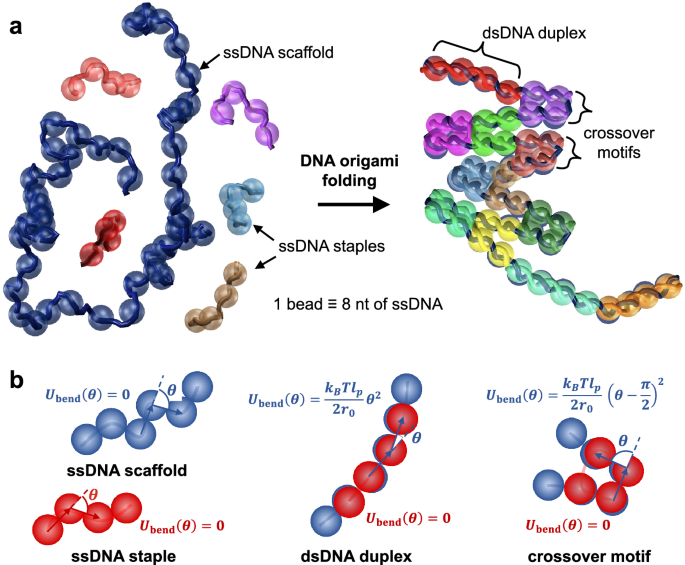2024-04-17 ペンシルベニア州立大学(PennState)
<関連情報>
- https://www.psu.edu/news/health-and-human-development/story/calorie-restriction-study-reveals-complexities-how-diet-impacts/
- https://onlinelibrary.wiley.com/doi/10.1111/acel.14149
- https://www.sciencedirect.com/science/article/abs/pii/S0047637405000874
健康成人のテロメア長に対する長期カロリー制限の効果: CALERIE™ 2試験の解析 Effect of long-term caloric restriction on telomere length in healthy adults: CALERIE™ 2 trial analysis
Waylon J. Hastings, Qiaofeng Ye, Sarah E. Wolf, Calen P. Ryan, Sai Krupa Das, Kim M. Huffman, Michael S. Kobor, William E. Kraus, Julia L. MacIsaac, Corby K. Martin, Susan B. Racette …
Aging Cell Published: 19 March 2024
DOI:https://doi.org/10.1111/acel.14149

Abstract
Caloric restriction (CR) modifies lifespan and aging biology in animal models. The Comprehensive Assessment of Long-Term Effects of Reducing Intake of Energy (CALERIE™) 2 trial tested translation of these findings to humans. CALERIE™ randomized healthy, nonobese men and premenopausal women (age 21–50y; BMI 22.0–27.9 kg/m2), to 25% CR or ad-libitum (AL) control (2:1) for 2 years. Prior analyses of CALERIE™ participants’ blood chemistries, immunology, and epigenetic data suggest the 2-year CR intervention slowed biological aging. Here, we extend these analyses to test effects of CR on telomere length (TL) attrition. TL was quantified in blood samples collected at baseline, 12-, and 24-months by quantitative PCR (absolute TL; aTL) and a published DNA-methylation algorithm (DNAmTL). Intent-to-treat analysis found no significant differences in TL attrition across the first year, although there were trends toward increased attrition in the CR group for both aTL and DNAmTL measurements. When accounting for adherence heterogeneity with an Effect-of-Treatment-on-the-Treated analysis, greater CR dose was associated with increased DNAmTL attrition during the baseline to 12-month weight-loss period. By contrast, both CR group status and increased CR were associated with reduced aTL attrition over the month 12 to month 24 weight maintenance period. No differences were observed when considering TL change across the study duration from baseline to 24-months, leaving it unclear whether CR-related effects reflect long-term detriments to telomere fidelity, a hormesis-like adaptation to decreased energy availability, or measurement error and insufficient statistical power. Unraveling these trends will be a focus of future CALERIE™ analyses and trials.
カロリー制限と長寿調節の統一理論に向けて Toward a unified theory of caloric restriction and longevity regulation
David A. Sinclair
Mechanisms of Ageing and Development Published:Available online 11 May 2005
DOI:https://doi.org/10.1016/j.mad.2005.03.019
Abstract
The diet known as calorie restriction (CR) is the most reproducible way to extend the lifespan of mammals. Many of the early hypotheses to explain this effect were based on it being a passive alteration in metabolism. Yet, recent data from yeast, worms, flies, and mammals support the idea that CR is not simply a passive effect but an active, highly conserved stress response that evolved early in life’s history to increase an organism’s chance of surviving adversity. This perspective updates the evidence for and against the various hypotheses of CR, and concludes that many of them can be synthesized into a single, unifying hypothesis. This has important implications for how we might develop novel medicines that can harness these newly discovered innate mechanisms of disease resistance and survival.


